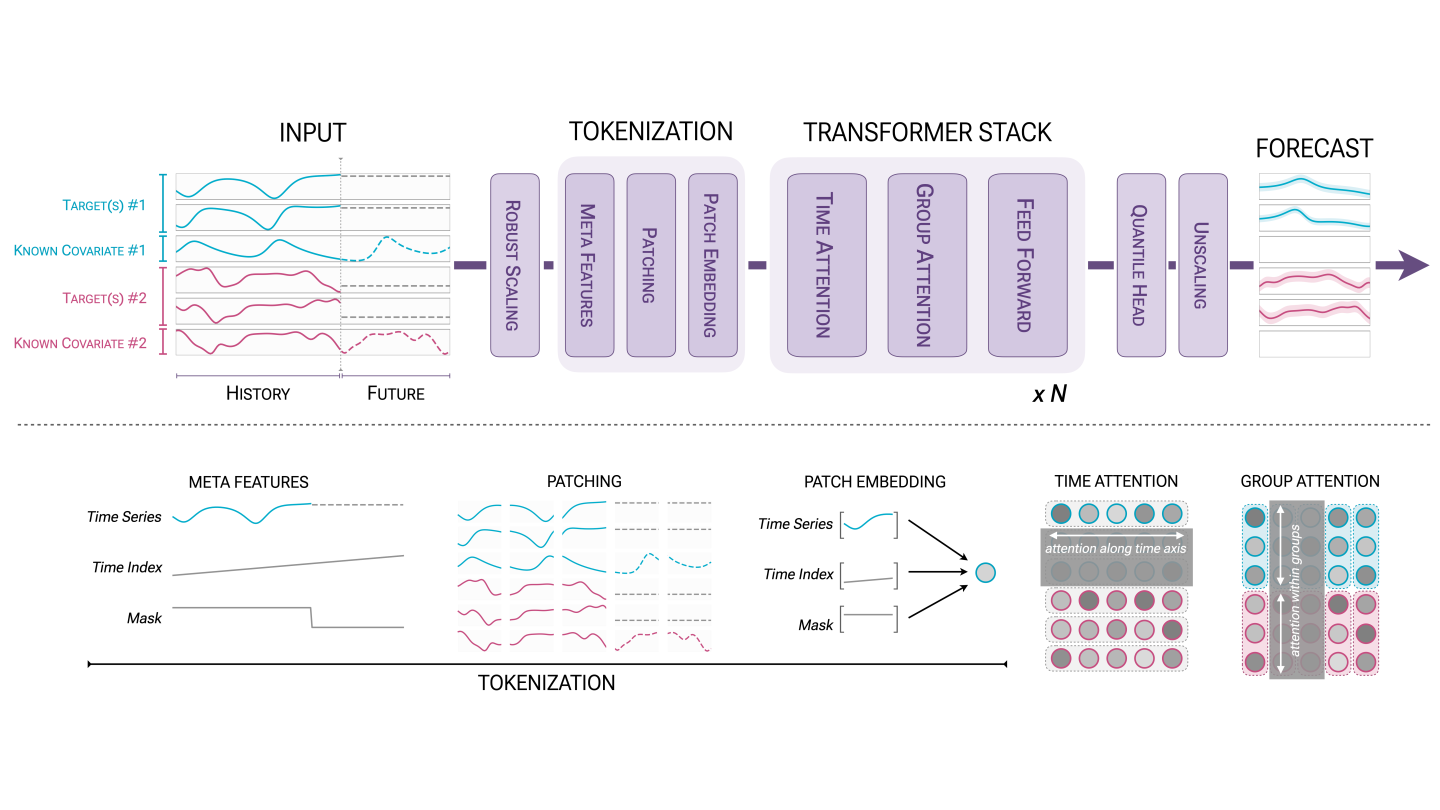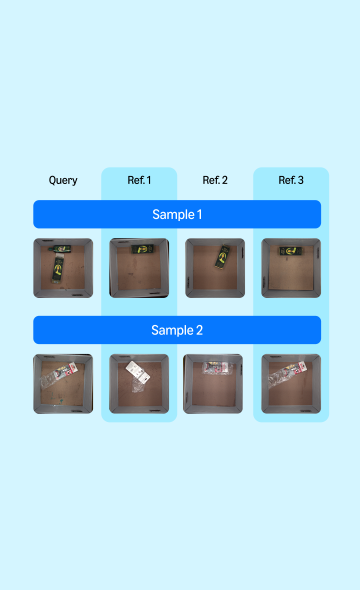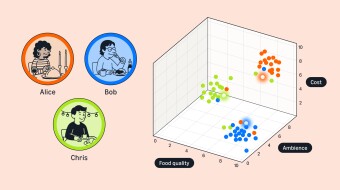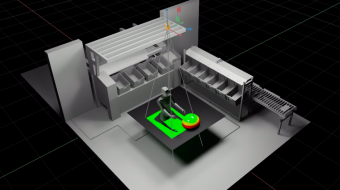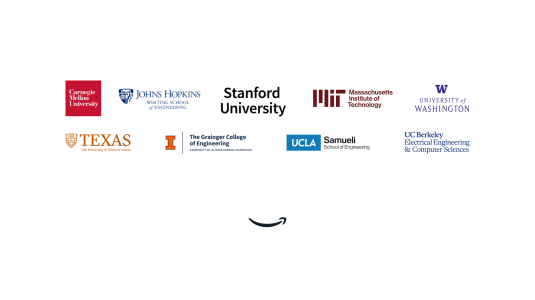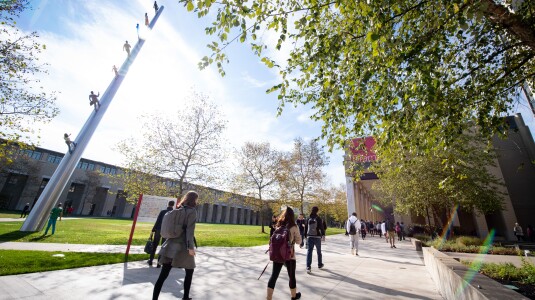Customer-obsessed science


Research areas
-
November 6, 2025A new approach to reducing carbon emissions reveals previously hidden emission “hotspots” within value chains, helping organizations make more detailed and dynamic decisions about their future carbon footprints.
-
-
Featured news
-
ITC 20242024Recently the semiconductor industry has been alerted by hyperscaler companies reporting impact of field errors in megascale datacenters. They tend to be elusive and very difficult to detect until they affect a particular application several days or months after the IC has been deployed in a fleet. Although the cause of such errors can be manifold, ranging from test escapes and design marginalities to design
-
CIKM 2024 Workshop on GenAI and RAG Systems for Enterprise2024Security controls are mechanisms or policies designed for cloud-based services to reduce risk, protect information, and ensure compliance with security regulations. The development of security controls is traditionally a labor-intensive and time-consuming process. This paper explores the use of Generative AI to accelerate the generation of security controls. We specifically focus on generating Gherkin codes
-
Demand forecasting faces challenges induced by Peak Events (PEs) corresponding to special periods such as promotions and holidays. Peak events create significant spikes in demand followed by demand ramp down periods. Neural networks like MQCNN [12, 6] and MQT [1] overreact to demand peaks by carrying over the elevated PE demand into subsequent Post-Peak-Event (PPE) periods, resulting in significantly over-biased
-
Anomaly detection in industrial sensor data is challenging as sensor readings are frequently affected by routine operations, leading to sudden changes that may not indicate actual issues. This makes it difficult to distinguish between normal and anomalous behavior. With a few expert-labeled anomalies, we aim to leverage these sparse labels to improve sensor anomaly detection. Besides the issue of limited
-
Speculative decoding is a method for accelerating inference in large language models (LLMs) by predicting multiple tokens using a smaller ‘draft model’ and validating them against the larger ‘base model.’ If a draft token is inconsistent with what the base model would have generated, speculative decoding ‘backtracks’ to the last consistent token before resuming generation. This is straightforward in autoregressive
Collaborations
View allWhether you're a faculty member or student, there are number of ways you can engage with Amazon.
View all












